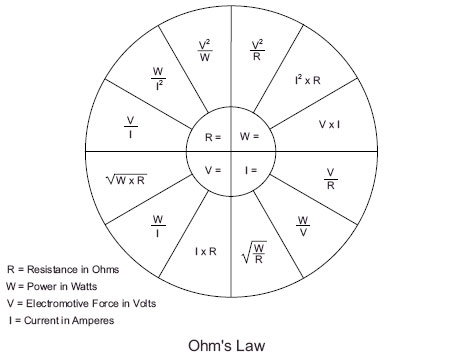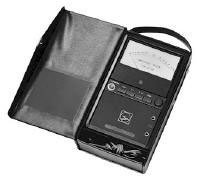100v Public Address Basics
Installing a PA System
Audio Principles & Theory
Miscellaneous
Public Address - Audio Principles 2
| Impedance | ||
| Impedance refers to the way a device reacts to the application of electric current. The device will exhibit varying amounts of resistance and either capacitance or inductance. For our purposes, the resistance is most important. In keeping with common practice, when we say “impedance” we will mean resistance. |
||
| Impedance, in this sense, refers to how much resistance the device presents to the free flow of electricity through it. At a given drive voltage, the lower the impedance of the receiving device, the higher will be the current flow through it. This is important to know when working with amplifiers, because if the load impedance presented by the speakers is too low, it may draw so much current that the amplifier will overwork itself and deliver distorted sound, overheat — perhaps even burn out. | ||
| Impedance is measured in ohms, named for Georg Ohm, who first described the set of electrical relationships now known as Ohm’s Law (see fig. below). Every device will have both an input impedance (also called the load impedance) and an output impedance (also called the source impedance). The input impedance of an amplifier could range from 600 ohms to 10,000 ohms, or even higher. A typical speaker impedance may range from 4 to 16 ohms. | ||
 |
||
| The Ohm's Law chart remains one of the most useful formulas to use in the audio world, especially on 100v line speaker systems when calculating speaker and line loads in conjunction with an impedance meter like the ZM-104. | ||
 |
ZM-104A Impedance Meter Available from |
|
| Continue | ||



